In the fashion world, February is a very busy month. As editors, buyers, models and the rest of the industry prepare to live out of suitcases and race between runway shows, this week the spotlight turns on Madrid as the city hosts its own fashion week. February 15–19 will see the 79th edition of Mercedes Benz Fashion Week take over the capital, becoming the leading showcase for Spanish designers, both legacy and emerging.
It seems obvious that a destination known for its shopping would naturally also serve as a hub for fashion history, but Spain has frequently been overlooked compared to the other couture cities. You may recognize the likes of Balenciaga, Loewe and Rabanne from the labels of your favorite designer pieces, but these legendary fashion houses can each trace their origins back to Spain.
Beyond those two fashion weeks a year, Spain’s impact on fashion deserves to be recognized for the remaining 50 weeks. That’s why we’ve put together a guide to some of the most significant destinations to learn more about Spain’s fashion history.
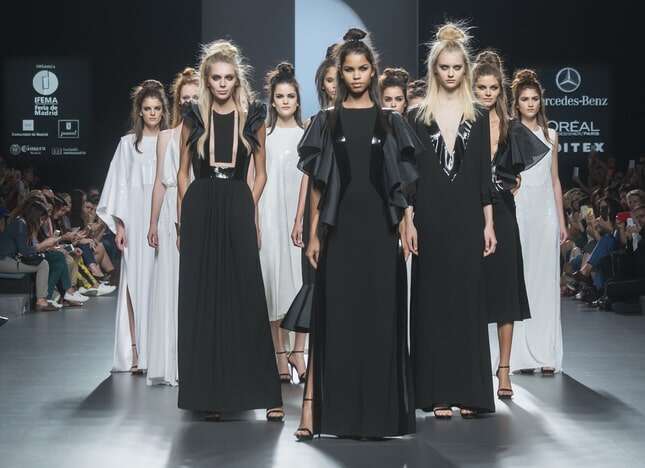
Spanish Fashion History
Throughout the twentieth century, Spain was a leader in haute couture, at one point the country housed over 100 fashion houses, each working for Spanish royalty and the bourgeoisie. Cristóbal Balenciaga remains the country’s most influential (but we’ll discuss him later on). Meanwhile, the namesake labels started by Manuel Pertegaz and Elio Berhanyer continue to carry their legacy today, with both brands operating brick-and-mortar stores across the country.
The women who helped to propel this movement may not have received their fair share of historical recognition, still their impact on fashion has extended far beyond the shadows of their male contemporaries. Carmen Mir dressed socialites and Eurovision popstars, opening multiple stores across Barcelona and Madrid, while the seamstress Flora Villarreal worked for five decades dressing the Spanish elite, including designing the wedding dress for Cayetana Fitz-James Stuart, Duchess of Alba.
[See also: A Guide to Madrid’s Greatest Museums and Galleries]
The Garment Museum (Museo del Traje) / Madrid
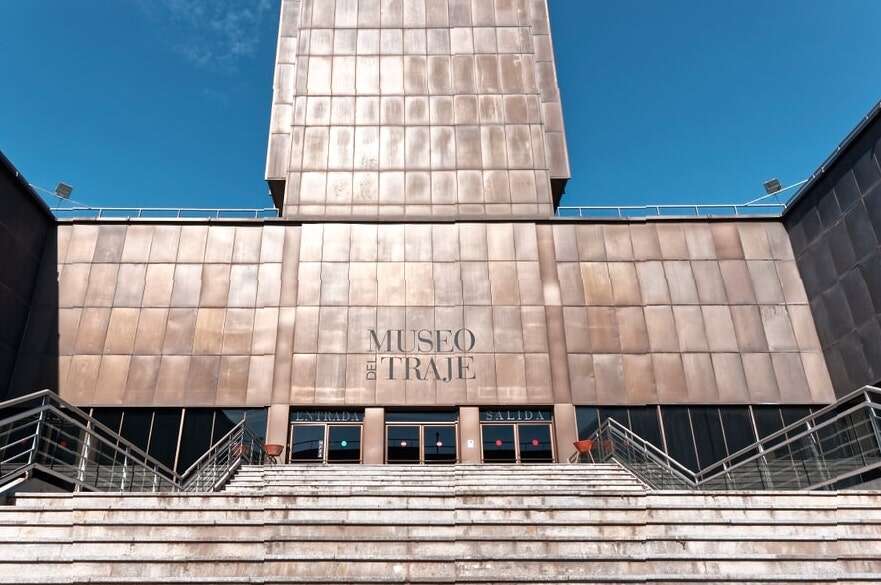
Pieces from all of the previously mentioned designers, including the Duchess of Alba’s wedding dress, can be found at Museo del Traje in Madrid. This should be the first stop for anyone interested in Spanish fashion, as the museum boasts a huge collection of almost 30,000 historical garments and fabrics. Along with some of the best sets of Spanish haute couture dresses, visitors can see a rich collection of Spanish regional costumes alongside major contemporary fashion brands like Chanel, Margiela and Alexander McQueen.
Design Museum (Museu del Disseny) / Barcelona

Found in the DHUB building in Barcelona’s Plaça de les Glòries, next to Europe’s oldest open-air flea market, is the Museu del Disseny de Barcelona. A center for the city’s Institute of Culture, fashion is just one of the four branches that the museum promotes, the others being space, product and information design. Along with the permanent exhibition Dressing the Body: Silhouettes and Fashion from 1550 to 2015, there is also a huge display of textiles, jewelry, and leather goods ranging from the 3rd to the 19th century, amongst other decorative arts in the museum’s 80,000-strong collection.
Dalí Theatre-Museum / Figueres, Catalonia

Some may be surprised to see Salvador Dalí’s name listed here, but in truth the surrealist artist was at the epicenter of fashion in the mid-twentieth century, mingling and collaborating with the likes of Christian Dior, Elsa Schiaparelli and Cecil Beaton. The Dalí Theatre-Museum in his hometown of Figueres, north of Catalonia, not only houses the world’s best collection of drawings and paintings by the Surrealist artist but also an exceptional display of the Dalí Jewels. Across two floors of the museum, 39 exquisite jewels are displayed alongside 27 of the original drawings and designs, with many taking inspiration from religious and mythological symbols and anthropomorphic shapes.
[See also: An Art Trail Through Spain]
The MOP Foundation / A Coruña, Galicia
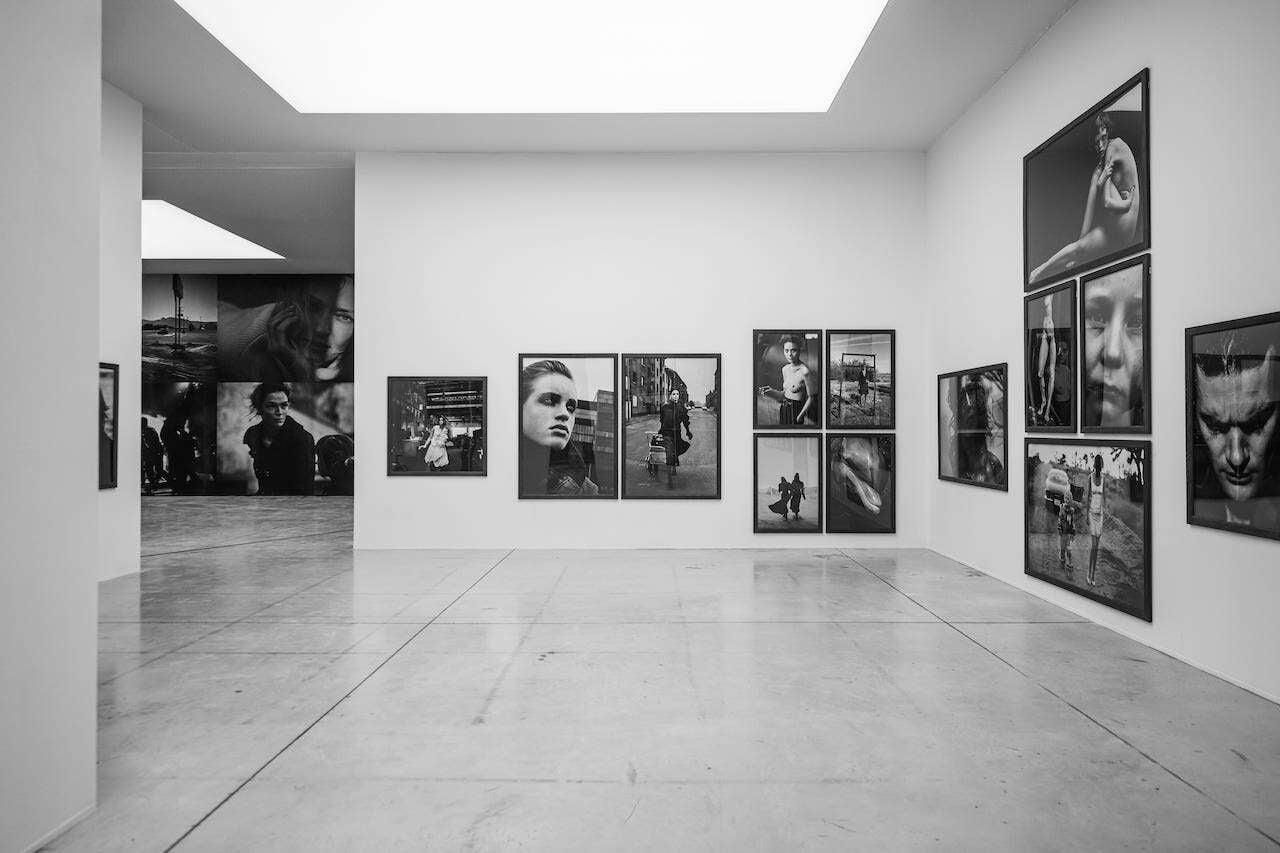
While most of fashion’s history is woven into the very fabrics, textiles and historical costumes, since the twentieth century, photography transformed how we document and preserve fashion. One Spanish establishment that is dedicated to the education and promotion of fashion photography is The MOP Foundation, a non-profit, privately-funded entity founded by (and named after) Marta Ortega Pérez, the chairman of Inditex, the world’s largest fast-fashion group. The Foundation is focused on three pillars: photography, fashion and Coruña, the port city in the northwest of the country where The Foundation calls home. Since its opening in 2022, the Foundation has presented world-class exhibitions of legendary fashion photographers, including a current display of works from Helmut Newton, and also led an education program that works with local Galician schools.
[See also: A Luxury Guide to Madrid]
Research via retail therapy
There’s only so much learning that can be done in museums, and some would say the best way to experience Spain’s contemporary fashion scene, is to be immersed in it.
Balenciaga / Basque Country
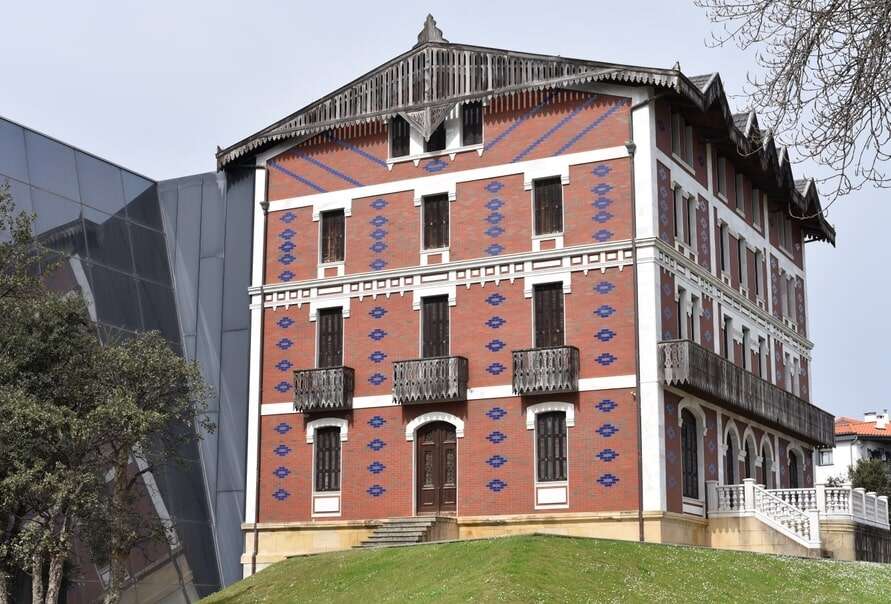
It’s almost a fashion faux-pax that we have gotten this far into the guide without looking at Balenciaga. Cristóbal Balenciaga was known as “The Master’ of haute couture for a reason, revolutionizing the industry by introducing new shapes and silhouettes into women’s wear and influencing trends with his avant-garde style.
While the stores in Barcelona and Madrid, including its marble-clad flagship, are excellent stops to discover the brand’s current creative outlook under creative director Demna Gvasalia, those wanting to understand the label’s founder should take the pilgrimage north to Balenciaga’s hometown of Getaria in the Basque Country. The Cristóbal Balenciaga Museoa houses a 1,200-strong collection of clothing and accessories both owned and designed by Cristóbal Balenciaga, along with delivering educational classes for all age groups, from school classes to even establishing its own fashion school.
Loewe / Madrid
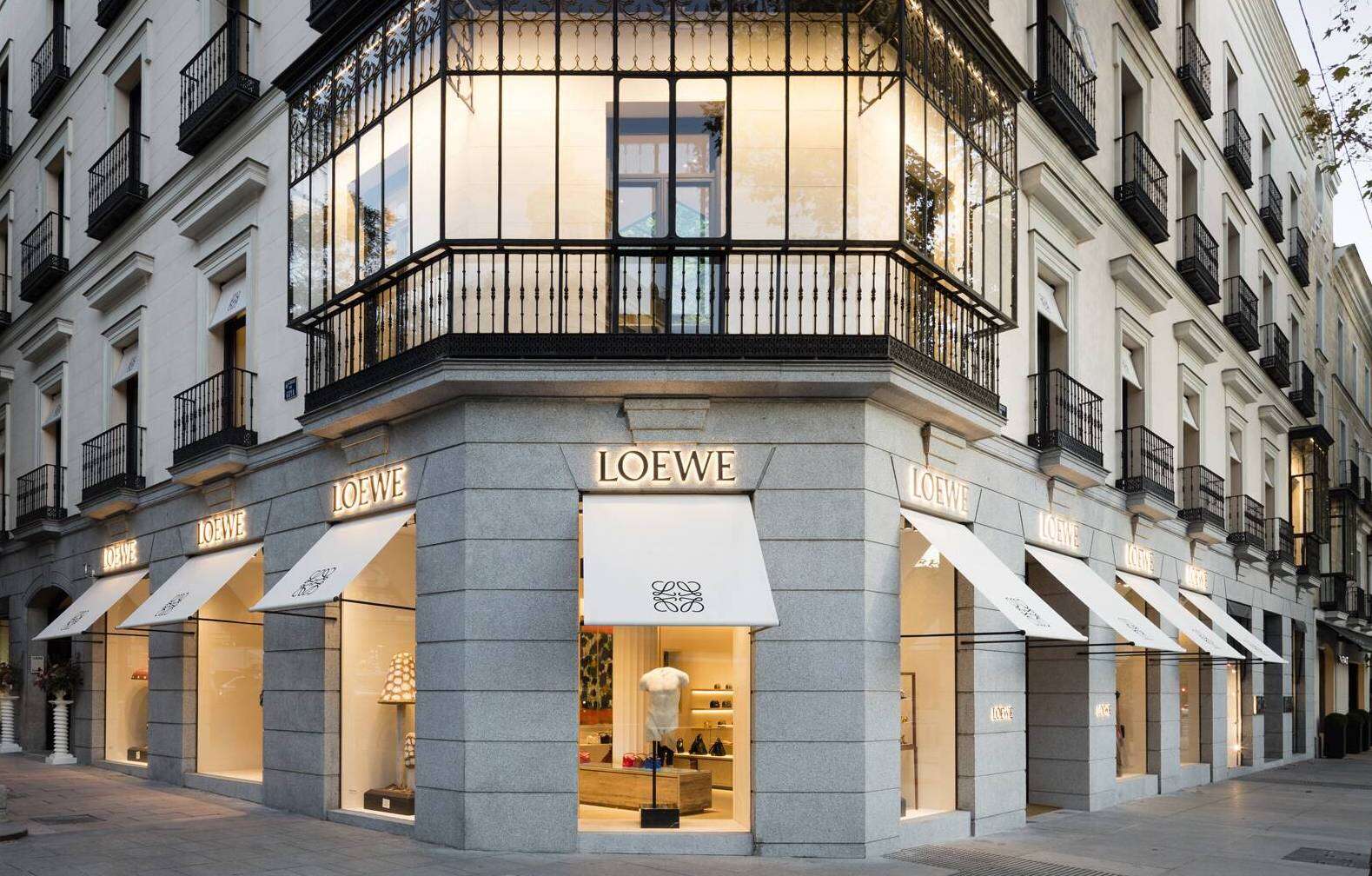
For those who only know Loewe as one of today’s most exciting designers may be surprised to know it is actually LVMH’s oldest luxury brand, born as a small leather atelier in Madrid in 1846. The store moved around the city many times before settling on Gran Vía, where Casa Loewe now stands to honor its rich retail legacy. Spanning over three stories and 32,000 sq ft, it is as much a museum of Loewe history as it is a showcase for the latest collections. Creative director Jonathan Anderson headed the renovation, aiming to transform the space to evoke the home of a collector, where classic Loewe products are scattered with pieces of art, craft and design from the brand’s sprawling growing art collection. The space also hosts events, working with local institutes like Madrid’s Botanical Gardens to host exhibitions.
Santa Eulalia / Barcelona
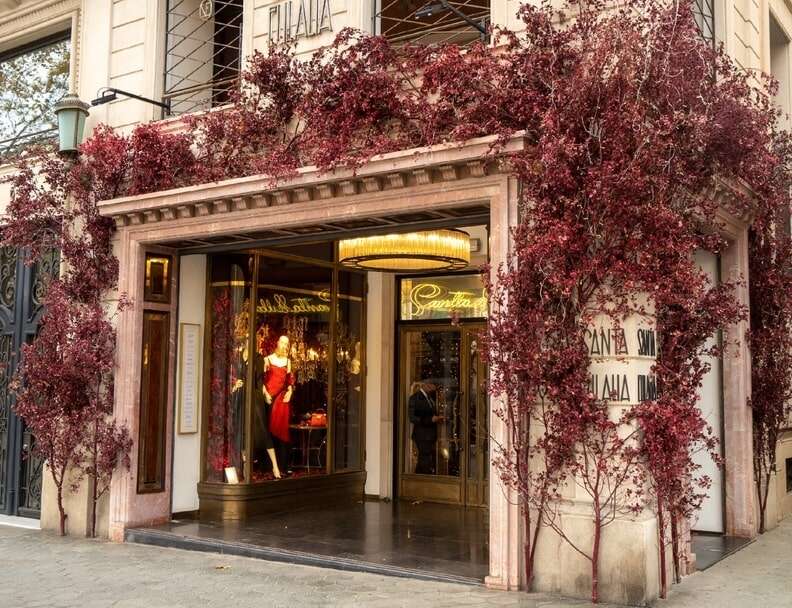
Opening in 1843 in a corner of Barcelona, this designer boutique has and continues to play a significant role in influencing fashion within the city, perhaps even the wider Mediterranean. Along with retaining its old-style service, for 180 years Santa Eulalia has championed Spanish haute couture, even hosting Barcelona’s first runway show in 1920. While it continues to stock many of the most in-demand designer brands, the store also proudly celebrates its luxurious history, hosting men’s-tailoring workshops and even keeping a digital archive of its large collection of 20th-century couture.
[See also: The Most Significant Must-See Royal Sites in Spain]
